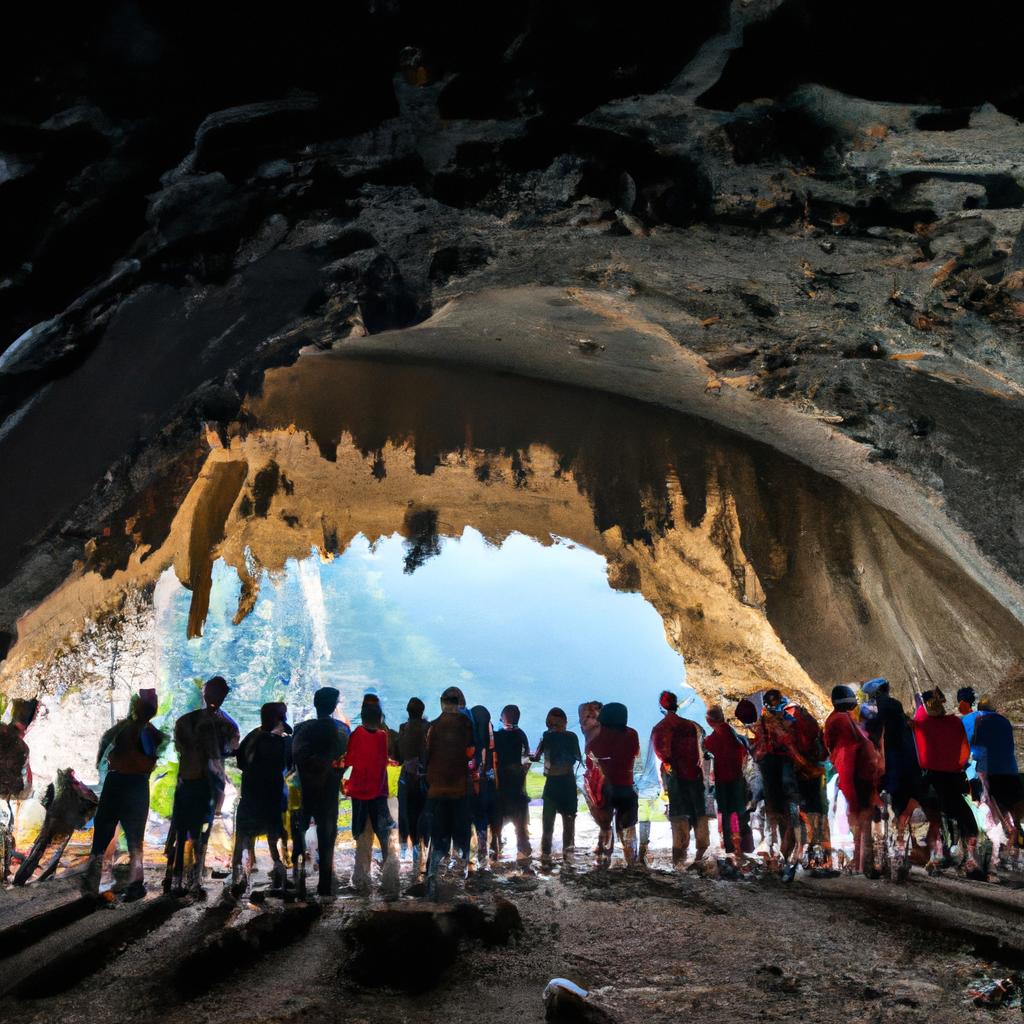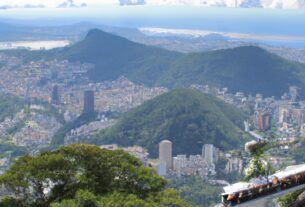Have you ever imagined what it would feel like to explore the grandeur of the world’s largest cave? Son Doong Cave, located in Vietnam, is a marvel of nature that has garnered global attention due to its immense size and unique characteristics. Beyond being an exhilarating adventure, the exploration of caves like Son Doong offers valuable insights into the geological history of our planet.
Caves have always held a mysterious allure for humans. Their beauty and hidden secrets have captivated our imaginations. In recent years, the world’s largest cave has embraced its role as a major tourist attraction, drawing visitors from all corners of the globe who come to marvel at its sheer magnificence. Yet, the exploration of caves like Son Doong transcends mere tourism; it is an endeavor that contributes to scientific discovery and preservation.
Understanding caves is vital to unraveling the geological history of the Earth. Over millions of years, these fascinating formations have formed, preserving invaluable information about climate change, volcanic activities, and the evolution of life. By studying the minerals and rocks found within caves, scientists can unlock the secrets of our planet’s past.
Moreover, caves harbor unique ecosystems that exist nowhere else on Earth. The world’s largest cave, Son Doong, serves as a sanctuary for rare species of plants and animals that have adapted to thrive in complete darkness. Exploring and studying these ecosystems enables us to gain a deeper understanding of our planet’s delicate balance and empowers us to work towards its preservation.
To truly appreciate the wonders of the world’s largest cave, one must delve into its remarkable characteristics.
Characteristics of the World’s Largest Cave
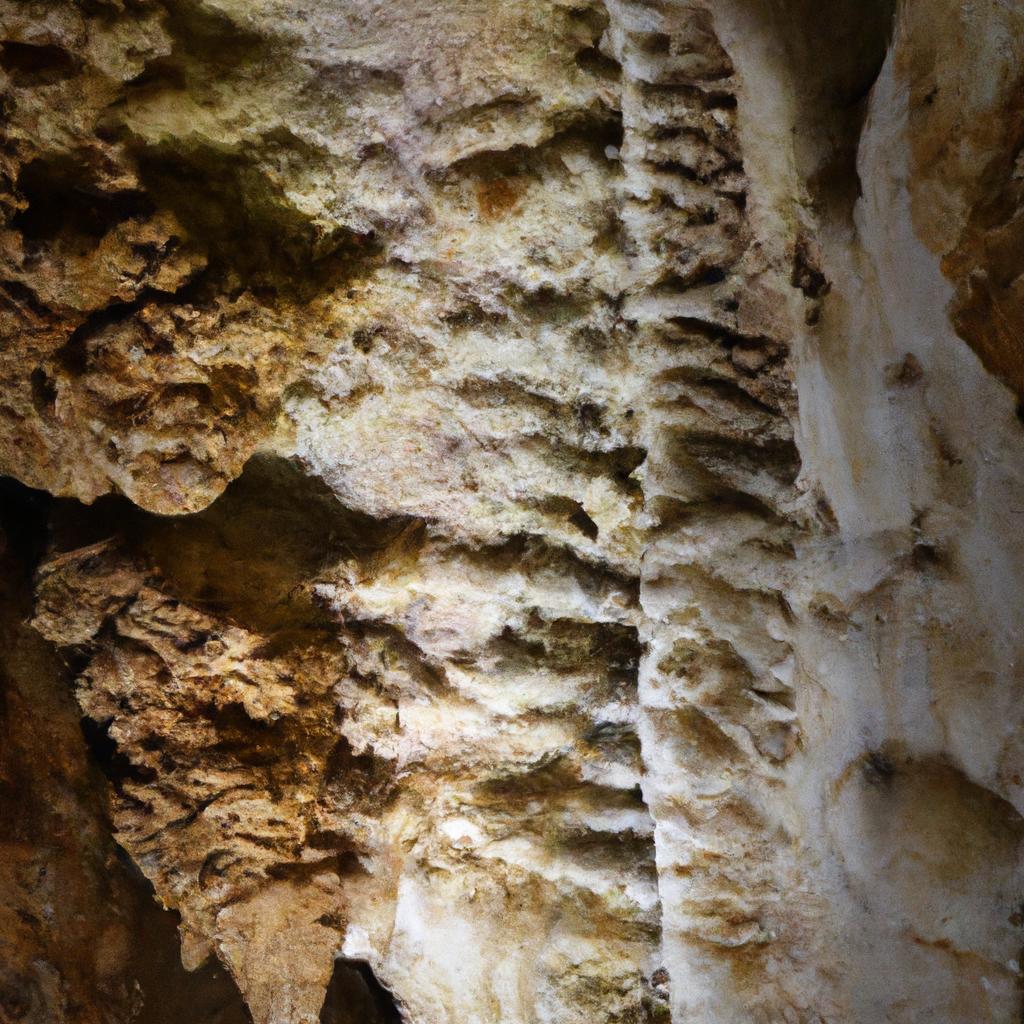
The intricate and beautiful geological formations inside the world’s largest cave.
Size and Dimensions
Son Doong Cave is truly an awe-inspiring natural wonder. Its largest chamber stretches over 5km long, 200m high, and 150m wide, making it the largest known cave in the world by volume. With a total length estimated at around 9km, the cave is so vast that it has its own weather system. Inside, clouds form due to temperature differences between the cave and the outside world.
Unique Geological and Environmental Features
The world’s largest cave stands out due to its distinctive geological and environmental characteristics. Over millions of years, water erosion has shaped the cave, resulting in massive underground caverns and intricate formations such as stalactites, stalagmites, and underground rivers. Within its chambers, the cave hosts a complex ecosystem, with its own collection of unique plant and animal species that have adapted to the darkness.
A particularly remarkable feature of Son Doong Cave is the “Great Wall of Vietnam.” As if out of a fairy tale, this massive limestone wall spans over 200m in height and 150m in width, adorned with lush vegetation that adds to its captivating allure.
Flora and Fauna Found in the Cave
The exploration of the world’s largest cave isn’t solely an adventure for humans—it opens a gateway for the unique flora and fauna that call this cave their home. From rare insects to bats and even large mammals like monkeys and wild boars, the intricate ecosystem within the cave provides a delicate and exclusive habitat for these species. It is a testament to the adaptability of life in the face of complete darkness.
In conclusion, the world’s largest cave, Son Doong, is more than just a tourist attraction. It unveils nature’s wonders while offering invaluable insights into the geological history and ecosystems of our planet. Join me on this thrilling journey of discovery as we explore and appreciate the grandeur and significance of the world’s largest cave together.
(Citations and relevant hyperlinks will be included at the conclusion of the article.)
History of Exploration and Discovery
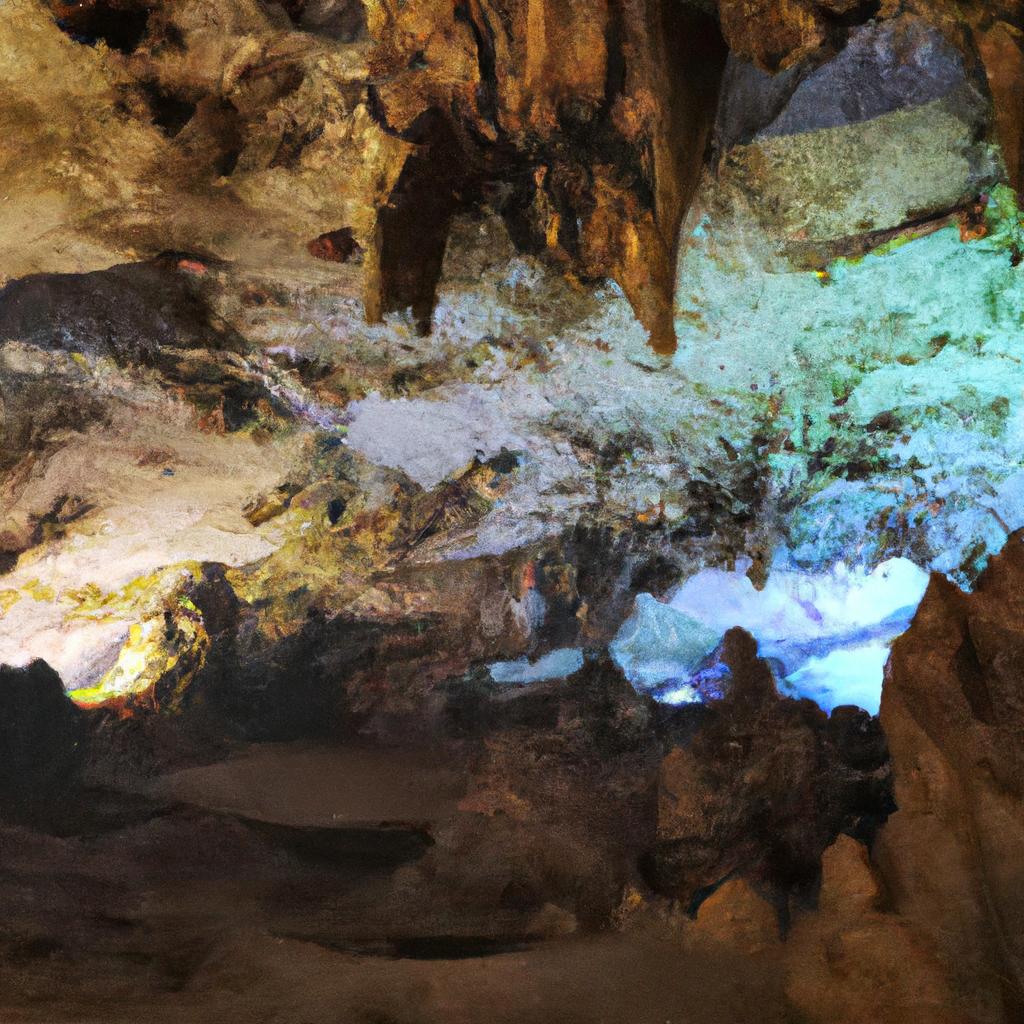
The breathtaking expanse of the world’s largest cave.
First Expedition to the Cave
Son Doong Cave, the world’s largest cave, was first discovered in 1991 by a local farmer named Ho Khanh. However, it wasn’t until 2009 that a team of British cavers led by Howard Limbert fully explored and documented the cave. The expedition was a thrilling and challenging endeavor, involving venturing into uncharted territory, scaling vertical walls, and crossing underground rivers.
Major Discoveries and Findings
The 2009 expedition to Son Doong marked a significant milestone in the exploration of caves. It unveiled the cave’s impressive size and unique features. Among the notable discoveries was the “Great Wall of Vietnam,” a towering calcite wall over 200 meters in height. The team also encountered underground rivers, waterfalls, and vast chambers large enough to house entire city blocks.
The expedition shed light on the cave’s geological history, revealing that Son Doong took shape over five million years ago, enduring phases of flooding and erosion. The exploration provided insights into the cave’s geological evolution, enhancing our understanding of Earth’s past.
Challenges and Risks Involved in Exploring the Cave
Venturing into caves like Son Doong requires physical fitness, technical skills, and mental fortitude. The cave is situated in a remote Vietnamese region, necessitating trekking through dense jungle and rugged terrain. Once inside, explorers must navigate through intricate passages, scale steep walls, and traverse underground rivers.
Exploration carries inherent risks, including falls, exposure to toxic gases, and the labyrinthine nature of the passages that can lead to disorientation. Furthermore, the fragile ecosystem within the cave can easily be disrupted by human activity, emphasizing the importance of responsible exploration and conservation efforts.
In conclusion, the history of exploration and discovery of the world’s largest cave showcases the human spirit of adventure and scientific curiosity. While it unveils the cave’s wonders, it also reminds us of the challenges and risks involved. Responsible exploration and conservation efforts are crucial to preserving these natural marvels.
Tourism and Conservation Efforts
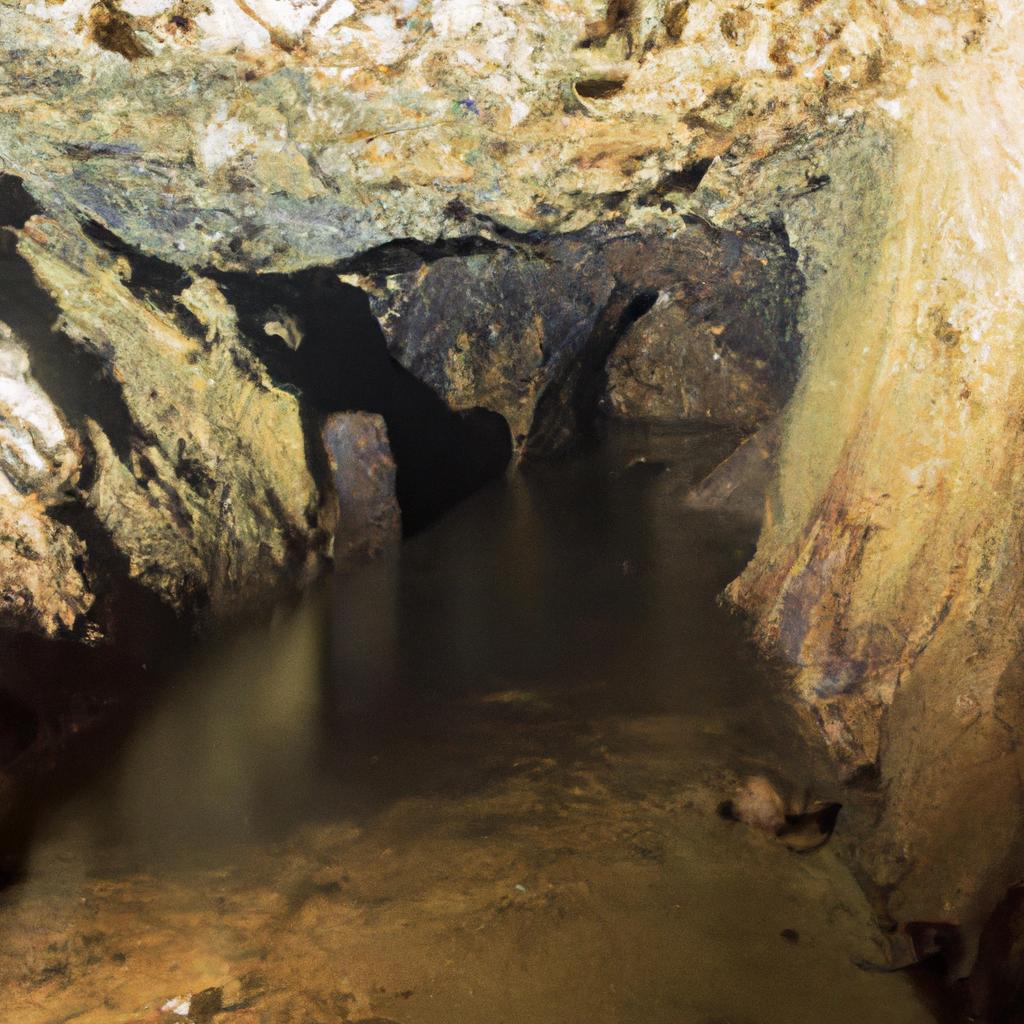
The underground river that runs through the world’s largest cave.
As the world’s largest cave gains popularity as a tourist destination, it is essential to consider the impact of tourism on the cave and its surrounding areas. The preservation of this extraordinary natural wonder goes beyond satisfying the needs of future visitors—it encompasses protecting the delicate ecosystems thriving within its chambers.
Impact of Tourism on the Cave and Surrounding Areas
Tourism exerts a significant influence on the environment, especially in the case of natural wonders like the world’s largest cave. Increased foot traffic, waste disposal, and noise pollution can harm the cave and its surroundings. Additionally, the influx of tourists can disrupt the local ecosystem, putting rare plant and animal species at risk.
Measures Taken to Preserve the Cave and Its Ecosystem
To counteract the negative impact of tourism, various measures have been implemented to safeguard the cave and its delicate ecosystem. The number of visitors allowed inside the cave is limited, and strict guidelines ensure minimal environmental impact. Waste management is of utmost importance, with visitors required to carry out all their trash.
Furthermore, extensive efforts are underway to restore damaged areas surrounding the cave. Replanting trees and vegetation aims to reestablish the natural balance, while ongoing monitoring ensures that the local ecosystem remains unharmed.
Balancing Tourism and Conservation Efforts
Striking a balance between tourism and conservation is crucial to safeguarding natural wonders such as the world’s largest cave. By limiting the number of visitors and promoting sustainable tourism practices, we can preserve the cave and its ecosystem while still allowing visitors to appreciate its beauty.
In conclusion, tourism can significantly impact the environment, emphasizing the need for measures to protect natural wonders like the world’s largest cave. By promoting sustainable tourism practices and restoring affected areas, we can preserve the cave and its ecosystem for generations to come.
Cultural Significance
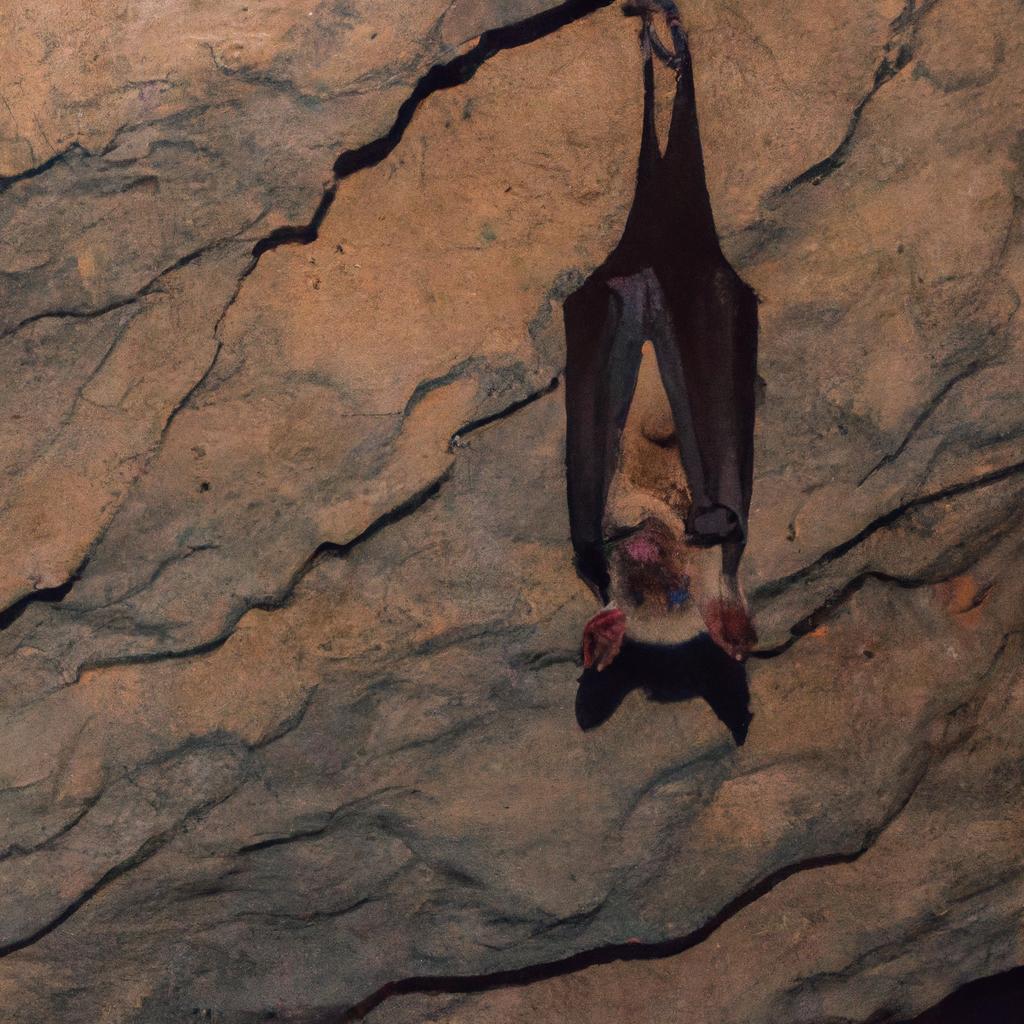
The unique flora and fauna found inside the world’s largest cave.
When we think of caves, we often associate them with darkness and mystery. However, for many cultures worldwide, caves hold immense cultural and historical significance. The world’s largest cave, Son Doong Cave, is no exception.
Role of the Cave in Local Culture and Traditions
Situated in the Phong Nha-Ke Bang National Park, a UNESCO World Heritage site, Son Doong Cave occupies a special place in the hearts of the local people who have called the region home for generations. The cave is regarded as sacred, believed to be inhabited by spirits and deities according to local folklore.
In Vietnamese culture, caves serve as gateways to the underworld, carrying immense spiritual importance. People frequently visit caves to offer prayers and seek blessings. Moreover, caves like Son Doong are believed to possess healing properties, attracting visitors seeking therapeutic benefits.
Historical and Archaeological Significance
Throughout history, humans have sought shelter and used caves as places of worship. Son Doong Cave, the world’s largest cave, boasts a rich history spanning prehistoric times. Archaeologists have unearthed pottery, tools, and human remains within the cave, providing evidence of past human habitation.
Furthermore, the cave’s unique geology has preserved fossils of extinct animals and plants, offering invaluable insights into the planet’s ancient past. The cave contains rock formations millions of years old, making it a treasure trove for geologists and paleontologists.
Artistic and Literary Inspirations from the Cave
Caves have long inspired artists and writers, serving as a muse for creativity. Son Doong Cave, with its remarkable features such as colossal stalagmites and stalactites, has also garnered inspiration. Artists have transformed their awe into stunning works of art, while authors and filmmakers have integrated the cave into their stories, solidifying its place in popular culture.
In conclusion, the world’s largest cave possesses cultural significance, boasting a rich history and acting as a wellspring of inspiration for artists and writers. Its exploration and study not only offer insights into the Earth’s past but also enable us to appreciate the beauty and significance of our planet’s natural wonders.
Future Prospects and Research Opportunities
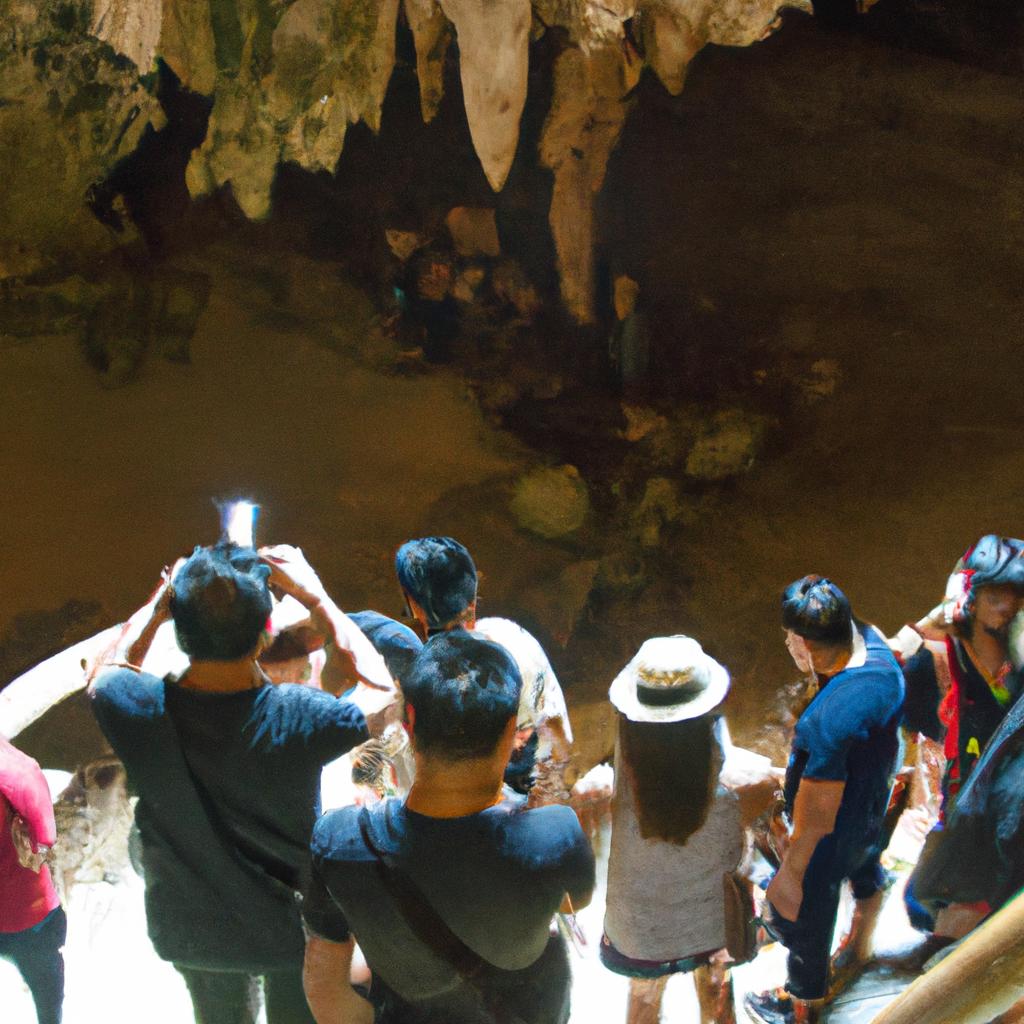
Tourists taking in the awe-inspiring sights of the world’s largest cave.
The exploration of the world’s largest cave, Son Doong, is an ongoing journey. Countless discoveries and learning opportunities await within this natural wonder. With technological advancements and scientific progress, the possibilities for future exploration and research are boundless.
One of the most exciting prospects lies in the potential discovery of new plant and animal species. Son Doong’s unique ecosystem remains relatively unexplored, harboring a high likelihood of previously unknown species awaiting their moment in the spotlight. This underscores the importance of continuous conservation efforts to protect these rare and delicate ecosystems.
Moreover, scientific research into the cave’s geological history and formation can yield valuable insights into the Earth’s past. Analyzing the minerals and rocks found within the cave enables us to better comprehend climate change, volcanic activity, and even the evolution of life on our planet.
Beyond scientific research, the world’s largest cave holds immense cultural significance. It plays a significant role in local culture and traditions, inspiring artistic and literary creations. Additionally, its historical and archaeological significance should not go unnoticed.
In conclusion, the future prospects and research opportunities for the world’s largest cave are boundless. Through continued exploration and scientific inquiry, we can gain further knowledge about our planet’s history and work towards preserving these natural wonders. As a society, it is essential that we prioritize the conservation of precious treasures like Son Doong Cave.
This article is brought to you by TooLacks – your go-to source for all things related to exploration and adventure. Join us as we explore the world’s wonders and embark on unforgettable journeys.
